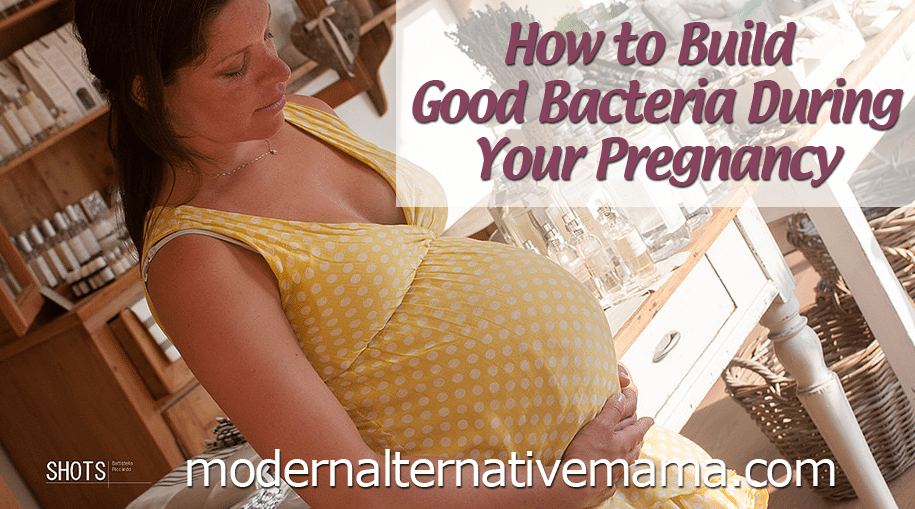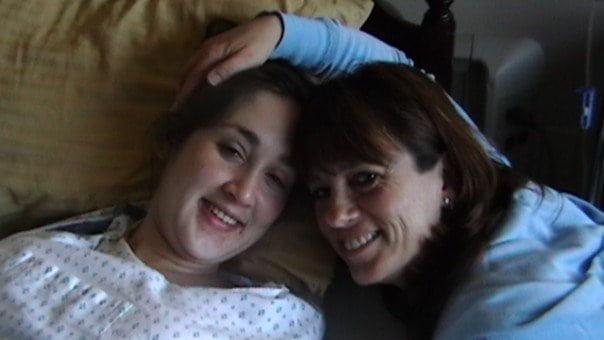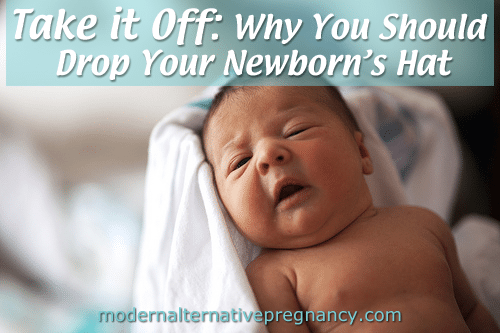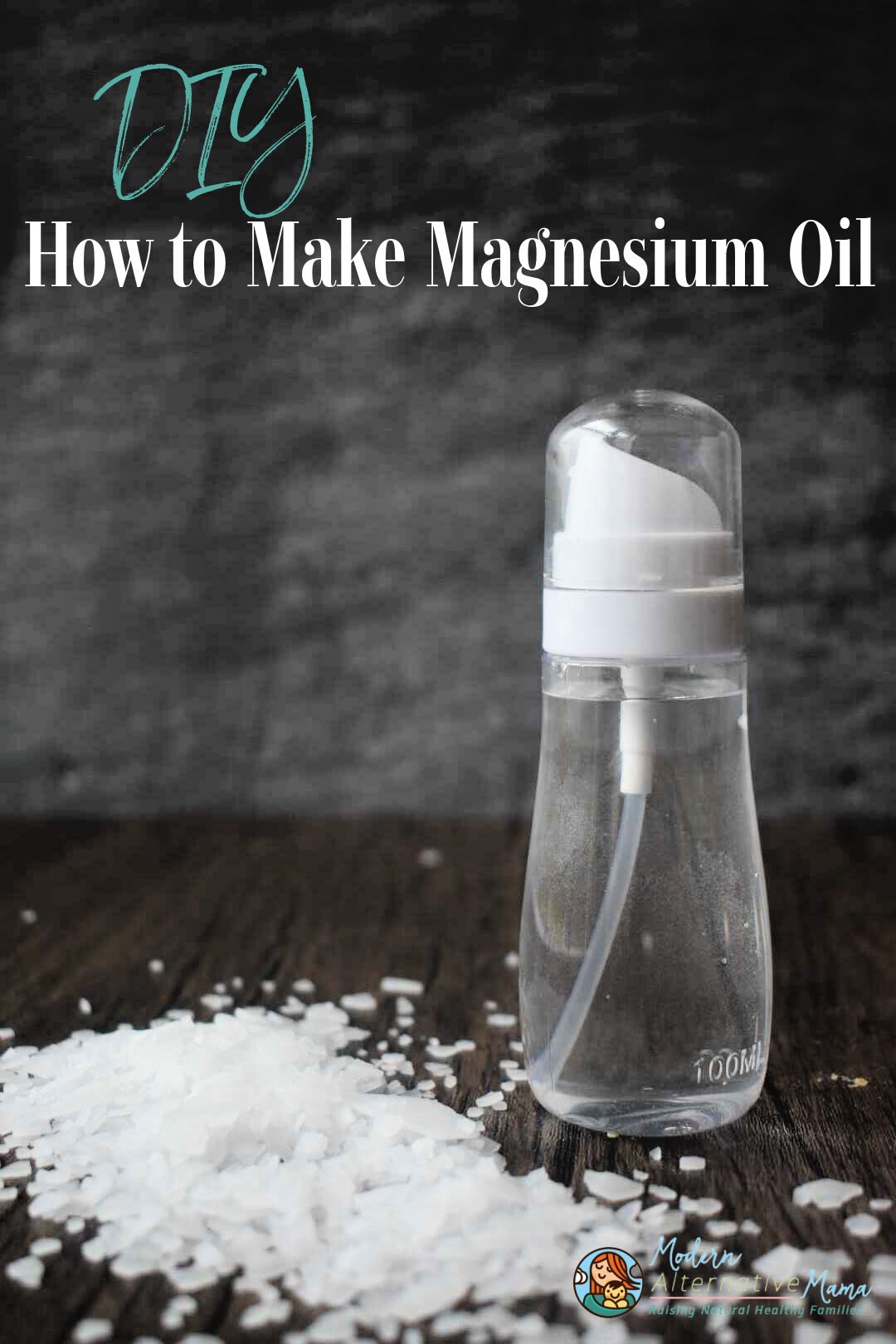It’s important to build up your good bacteria during pregnancy. Here’s what it can affect, and how to get more of it into your body.
By Kristen, Contributing Writer
Good bacteria, beneficial bacteria, good gut health, healthy microbiota – whatever you label those microscopic “good guys” in your body, they’re really important. They’re especially important during your pregnancy. Good bacteria prevent pregnancy and birth complications, and most importantly, give your baby a great start. Here’s more detail on how they help – and how you can have a healthy microbiota.
Good Bacteria and Morning Sickness
You’ve probably heard the famous (and ancient) quote from Hippocrates: “All disease begins in gut.” 2,000 years later we’re still finding out why that’s so true. A lot of it has to do with the beneficial bacteria that live in our digestive systems. One of the important jobs this microflora does is protect against bad bacteria.
As Kate covered in The True Cause of Morning Sickness, a hostile bacteria called h. pylori is often responsible for morning sickness (it’s also the bacteria responsible for ulcers) and it can create serious imbalances in your microbiota.
Boosting good bacteria can make a huge difference in how you feel, possibly even eliminating morning sickness altogether. It also sets you up for a healthier pregnancy overall.
Good Bacteria and Digestive Slowdown
Obviously, removing morning sickness is helpful because you can actually eat nourishing foods. But good bacteria don’t stop helping just by removing morning sickness from the picture. They also aid the digestive process, letting you absorb more nutrients and make use of otherwise indigestible portions of your food.
Your digestive system slows down quite a bit during pregnancy, just so your body can absorb as much as possible from your food. As your baby grows your intestines and stomach also get compressed by growing uterus and baby, which results in a further slowdown.
Good bacteria help you to get everything you possibly can out of your food so your placenta and your baby are getting maximum nutrition. They also help relieve a common pregnancy complaint – constipation. It’s true that other natural remedies (such as magnesium, which many of us are deficient in) can address constipation. But, going back to Hippocrates, by addressing gut health you’re truly encouraging system-wide health in your body.
Good Bacteria and Pregnancy Complications
Pregnancy complications such as Group B Strep (GBS) colonization can be prevented or reversed by focused attention on good bacteria. GBS is a transient (it comes and goes) bacteria in the vagina/birth canal. If these bacteria are present in the birth canal during labor, there’s a chance the newborn can be colonized and may develop complications.
Though the screening and treatment for GBS is controversial, there are established standards for treating a woman who cultures positive (testing is usually done at 36 weeks). These include IV antibiotics throughout labor, which kill all bacteria, good and bad. Breastfeeding problems such as thrush, as well as related diaper rashes, may be problems for moms and babies after these routine protocols.
As I covered in a recent article on preventing and treating GBS, focusing on building good microbiota can prevent GBS colonization – or even reverse a positive culture by getting rid of the bad bacteria.
GBS isn’t the only complication that can stem from a low supply of good bacteria. Studies have shown that recurrent bacterial infections in the vagina (BV) increase the risk of prematurity and other complications. Taking steps to boost gut health and vaginal health with healthy microbiota removes recurrent problems with GBS and BV and prevents many complications.
Good Bacteria and Your Baby
Getting your own health in order is important, but most of us are more compelled to make changes when we know that it will benefit our child or children. Your baby gains huge benefits when you take the time during pregnancy to work on building up good bacteria.
Though researchers now believe that baby’s own gut may not be sterile at birth, as was once thought, we know that the load of good bacteria a baby gets at birth colonizes his or her gut for life. It’s a gift you give your baby that just keeps on giving.
It’s challenging to re-colonize the gut if it’s been filled with bad bacteria. Good bacteria stay high during supplementation but recede when that stops. It takes persistence and research, which is valuable to do, but much better to give your baby the best start he or she can get right from birth. I covered this extensively in a recent podcast on how to give baby good gut flora.
How to Build Good Bacteria During Pregnancy
Okay – you know why having good bacteria is so important to you, your pregnancy, and your baby. But how do you get that? Let’s talk about the digestive system:
Probiotic supplements have a place – I think every family should have probiotics in the fridge. It’s a good idea to take them throughout your pregnancy. But swallowing a pill only goes so far.
It’s important to build your gut health with food. That’s how people in the past did it: they ate foods filled with good bacteria. This is different than enzyme-rich. You’ve probably heard to eat raw fruits and vegetables, or raw dairy, for the beneficial enzymes. Those are great, but they’re not probiotics – enzymes have a different function in the body. You need food with good bacteria.
Cultured foods are foods rich in good bacteria, or probiotic bacteria. An example of cultured food is yogurt. You’ve probably seen “yogurt with live, active cultures” advertised. That’s a cultured food. Another common term for these foods is fermented, or lacto-fermented. Of course, fermentation conjures up pictures of wine, but it’s not limited to alcohol (which you’re not going to use for building gut bacteria!). Yogurt, kefir, traditionally made sauerkraut, pickles, kimchi, salsa and similar foods are all fermented or cultured.
Add these foods to your pregnancy diet every day. Yogurt is often the easiest to start with, but a little sauerkraut or kimchi or a crisp pickle make great sides with lunch or supper (maybe that’s why pregnant women crave pickles?!).
You can give your good guy bacteria a boost by eating resistant starch. I mentioned above that it takes persistence to keep good bacteria working hard when they’re trying to take hold of an area colonized by bad bacteria. Resistant starch and food-based good bacteria can help with this.
The easiest way to get resistant starch is in a smoothie. Use yogurt or kefir to make the base of your smoothie (milk kefir is very easy to make – almost foolproof!). You can also break a couple of probiotic capsules into the smoothie to help it pack more of a punch. Then add potato starch – this is the resistant starch and you can buy it at a natural foods store or co-op (Bob’s Red Mill is one brand to look for). Start small and build up to a couple of tablespoons. Your body cannot digest this starch, but good bacteria love it. It helps them colonize and boost the health of your intestines. Finish your smoothie by adding your favorite fruits, greens, etc. Enjoy! I had a smoothie like this daily throughout my last pregnancy and had no morning sickness and a calm, happy baby. I know it’s anecdotal, but I think it made a difference!
How to Build Good Microbiota in the Birth Canal
Colonizing your digestive system with good bacteria will make a difference in the birth canal – it has a system-wide effect. But you can also work specifically on the birth canal.
If you know GBS or BV is an issue for you, you can start a protocol right away. Otherwise, it’s often recommended to start at around 36 weeks of pregnancy.
I cover this extensively in the podcast on good gut health for baby, but here’s a summary: Find a time after your shower or just when you can take a few minutes in the bathroom. Use yogurt or kefir (some midwives feel that kefir is more potent than yogurt) – only a small amount is needed (a teaspoon or less). Apply this directly to the labia and tissues around the birth canal. I recommend doing this while you’re sitting on the toilet in the event of drips – and let it dry for a few minutes. After drying you can wipe up some, wear a pantyliner (cotton or hemp mama cloth is a better choice than a disposable pad), or whatever you feel comfortable with. This introduces good bacteria right at the birth canal, giving them a good chance of colonizing.
Big Benefits from Tiny Friends
As you’ve seen, there are so many benefits – from your overall well-being to reducing the risks of pregnancy and birth complications, to giving your baby a lifelong gift of healthy gut flora.
Pregnancy is a great time to implement a few simple steps and add a few new foods into your daily routine – with lifelong benefits.
How have you added more probiotic foods and beneficial bacteria into your life?
SaveSave







